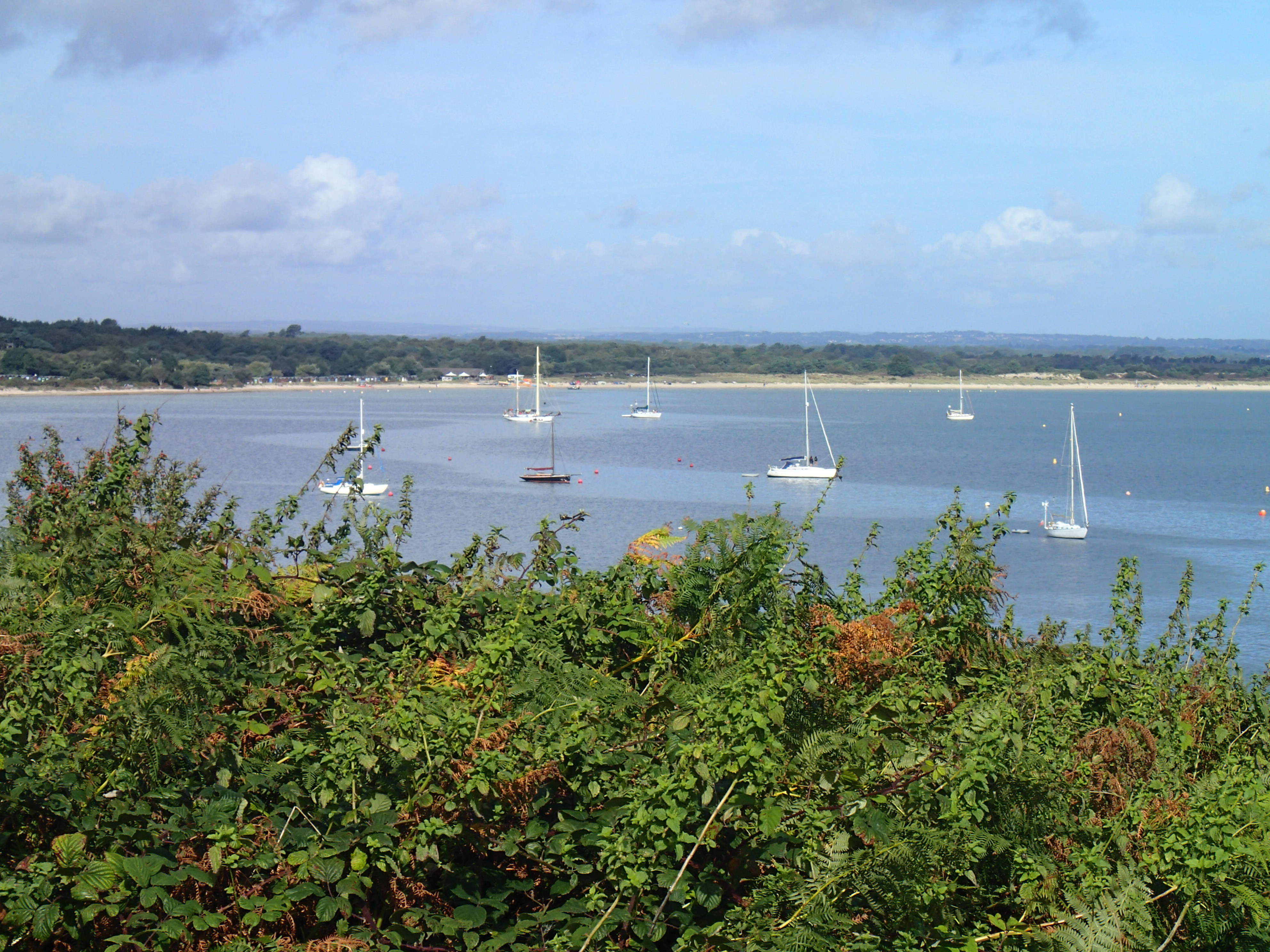Another You
Studland Bay, Dorset
Marie Johnson is trapped by her job as a chef in a seaside pub and her increasingly poisonous marriage to its landlord, but the sixtieth anniversary of a D-Day exercise which ended in disaster triggers chance meetings that prove unlikely catalysts for change.
A charming American soldier walks into Marie's life but it soon becomes clear nothing is as it seems. Could the D-Day re-enactments be stirring up something from the past? Or is the answer to Marie's problems much closer to home?
"There is an inherent beauty in the way this story is written. The level of sensitivity, and honesty, in the rawness behind the emotions tugs mercilessly at the heartstrings. A must read!" Linn B Halton
"I have not read a book that has stuck with me as much as this one has, it is hauntingly beautiful, this is a masterstroke of writing, from the opening scene I was hooked." Chicks, Rogues and Scandals
The story behind the story
Another You started when my husband bought me a book of ghost stories from around Britain.
In it was a tale from Studland in Dorset, a place I knew quite well, which told
of a woman in a white jacket walking up the path from the beach on August
nights, telling the people she met she’d been swimming, then vanishing in
front of their eyes. The fact the hauntings were recent appealed to my imagination
and formed the basis of a short story I needed for Winchester Writers’
Festival.
It was when my mother read it and told me I didn’t have a short story,
but the opening of a novel, I started to think again. In September 2013 my
husband and I went on a two week holiday and I wrote, and I wrote, and I wrote
until I had at least a few characters and half a book.
When I started to read around Studland’s history I discovered it had
been used extensively in practices for D-Day and a tragedy had occurred with
six men losing their lives when a number of amphibious tanks failed to make it
to the shore. This story was so secret it only came to light during the
preparations for the sixtieth anniversary commemorations of D-Day when a plaque
was finally unveiled in their memory. Armed with this knowledge, the other half
of the book started to take shape, even though it meant I had to lose my original,
more contemporary, ghost.
Walking on the cliffs
above Studland, downtrodden chef Marie
meets Corbin, a visiting American soldier. There are in fact two GIs in the
story, Corbin and Paxton, and I am indebted to the time spent with me by a former Para who had served in Iraq and
Afghanistan and was able to tell me all I needed to know and more about the
effects of combat stress. This conversation was the final piece of the jigsaw that shaped the book.
In many
ways the setting is the story. The action rarely
ventures from Studland with its sheltered bay and sweep of chalk cliffs
which end at Old Harry Rocks. I have always been inspired by place and this one
stole my heart from my very first visit in 2010. I have walked and swum there
at all times of year but never yet spotted one of its rare sea horses.
Studland's
association with the preparations for D-Day
fascinated me from the start and was brought alive when, during the seventieth
anniversary commemorations for Exercise Smash in 2014, I met John Pearson and
his restored Valentine Double Duplex tank – the type that went down in the bay
in April 1944. It was also incredibly moving to share a short service next to
Fort Henry with veterans of 4/7 Royal Dragoon Guards.
As the book developed, the story of the tanks themselves became less
central and the story of the GI’s who were stationed in nearby Swanage and took
part in the exercises took on more importance. Many of them never came back from Omaha Beach, in part because their
high command didn’t take so much notice of the mistakes made during Exercise
Smash as their British counterparts.
Through Facebook I came across the Studland History Group, and through them met a local National Trust warden who had done a great deal of research into the wartime history of the area, mainly through interviewing locals who lived through it. A morning spent with him brought the whole time alive in my mind and made the echoes from the past that Marie experiences all the more real.
In preparation for the seventy-fifth anniversary of D-Day the Isle of Purbeck Sub Aqua Club undertook the ‘Valentine 75 Project – The Tanks that Swam’. They spent almost two years diving on the wrecks to record them and searching archives to find out as much as possible about the men who died. It was a fitting tribute.








